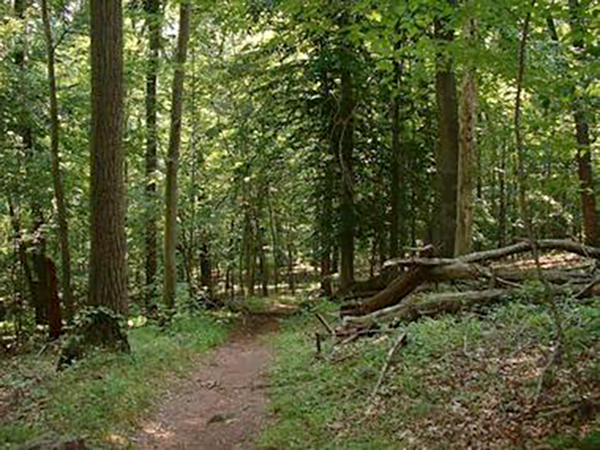Submitted by The Green Brook Cultural Heritage and Historic Preservation Committee
While we currently think of travel as our basic Route 22 main road, of course that is a relatively new addition to the Green Brook lack of scenery. When the first white settlers arrived in our area during the early and mid-1700’s, the main means of transportation was by water. One has to envision that the water table was feet higher and the Green Brook was more riverish rather than brookish.
Early on the settlers had made their way up the Raritan River from the shore and then branched out onto the Cedar Brook and Green Brook and other interlocking streams.
After settling on their land farms, they found it easiest to follow the careful planning the Indians had done that they could utilize. The Native Americans always created the best trails. Hills were ascended at the easiest grades and the waters forded at the best spots. Following them saved the settlers a great deal of time and allowed for faster and further exploration. One of the known trails over the Watchung was the path which Warrenville Road now follows.
The paths were narrow walking ways and not conducive for use by wagons or other multi-person conveyances, so into the 1700’s passage was only on foot or by horseback. There are no records to show whether or not Greenbrook Road was an Indian trail but it makes sense since the trails often followed water sources. The main trails were eventually widened for horse drawn vehicles.
Early automobiles in Green Brook were faced with impossible and impassable road conditions. Finally about 1922-1924 the roads began to be repaired and improved. King George Road used to run all the way from Sebring’s Mill across what is now Route 22 and all the way up over the mountain to current Morning Glory Road. It now ends in the large housing development at the base of the mountain. When Sebring’s sawmill and gristmill were active, that road was used constantly. The modern bridge just south of Route 22 which is currently seeing a lot of activity for the Army Corp of Engineers flood control project is the site of an original crossing bridge dating back into the 1700’s.
Then comes the railroad to Dunellen about 1867 when the station was built. And at that time several stagecoach lines from east to west were popular. The travel opportunities for the future seemed endless !
The Green Brook Cultural Heritage and Historic Preservation Committee and The Green Brook Historical Society meet the third Thursday of each month at 7:30 p.m. at Green Brook Town Hall located at 111 Greenbrook Rd., Green Brook, NJ. We are always looking for people interested in history and culture to join our group, as a guest or a member. For more information about the Green Brook Historical Society, visit www.gbhsnj.org.

